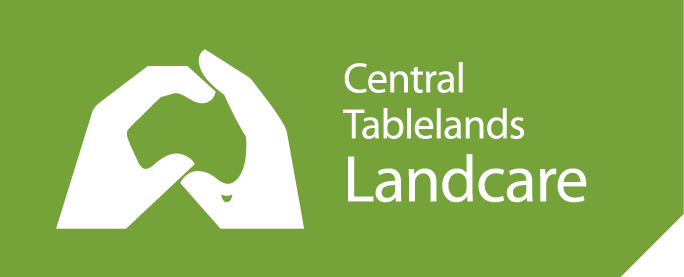Newsletter
Subscribe to our newsletter so we can keep you up to date with what is happening in the local and regional environment and community, and link you to information, events and updates of what we have been doing.
We are thankful for all our subscribers, and the more reach we have means we can more effectively connect with the community, understand your environmental concerns and passions, and work with you to create the best environmental and community outcomes in the area.
We would love if you could spread the word about us to your friends and family, so we can get as many people involved as possible.

Koalas in the Central Tablelands
UncategorizedAs many of you would know, the Central Tablelands is home koalas. To the south of Bathurst and east of Blayney, there is a large area of regional significance for koala populations (the purple area below).
Koalas are keystone species. They help to maintain forest stuctures in Eucalypt dominant ecosystems, and help to control buildup of leaf litter on forest floors reducing the risk of severe bushfires. Our koala populations in the Central Tablelands are threatened by habitat loss/tree clearing, disease, climate change/severe bushfires, vehicle strikes and dog attacks.
Over the last few years Central Tablelands Local Landcare has been assisting Central Tablelands Local Land Services in advocating for Koala populations in the area and researching the existing populations south of Bathurst. There seems to be a strong population, that can be strengthened through improving environmental connectivity and being more considerate in land management practices.
How can you help conserve and improve koala populations in the area?
I Spy Koala App
If you see a koala in the area, you can upload your sighting to the I Spy Koala app. This is important as it allows the Government to generate more information about the koala population including their distribution and movements.
What to do if you find a sick or dead koala?
Rakali Factsheet
Fauna Information, Land ManagementLand Management – Bushfires
Land ManagementIn light of the regular intense fires happening around the world, here are some local resources to learn more about fire and how to manage it on your property.
Landcare Landscaping for Bushfires
Could biodiversity loss have increased Australia’s bushfire threat?
As stated in the video above, some species are important in reducing the amount of leaf litter by turning over soils. This study goes into more detail and shows a comparison of leaf litter volumes in areas where these species are present and not.
Some endemic fire resistant flora species we have available in our nursery:
Acacia buxifolia (Box-leaved Wattle)
Acacia dealbata (Silver Wattle)
Acacia decora (Western Golden Wattle)
Acacia implexa (Hickory)
Acacia melanoxylon (Blackwood)
Acacia penninervis (Mountain Hickory)
Acacia vestita (Varnish Wattle)
Brachychiton populneus (Kurrajong)
Bursaria spinosa (Native Blackthorn)
Casuarina cunninghamiana (River She Oak)
Dianella revoluta (Spreading Flax Lily)
Dodonaea viscosa (Sticky Hopbush)
Fire Country
This book by Victor Steffensen is a great resource to understand more about Indigenous fire management. He explains some of his knowledge about the relationship between fire and different types of country, and how they burn. I had a lot of profound realisations and insights when reading it.
Using regenerative agriculture to improve soil moisture and biodiversity to increase resilience to bushfires
Bushfire Preparedness Resources